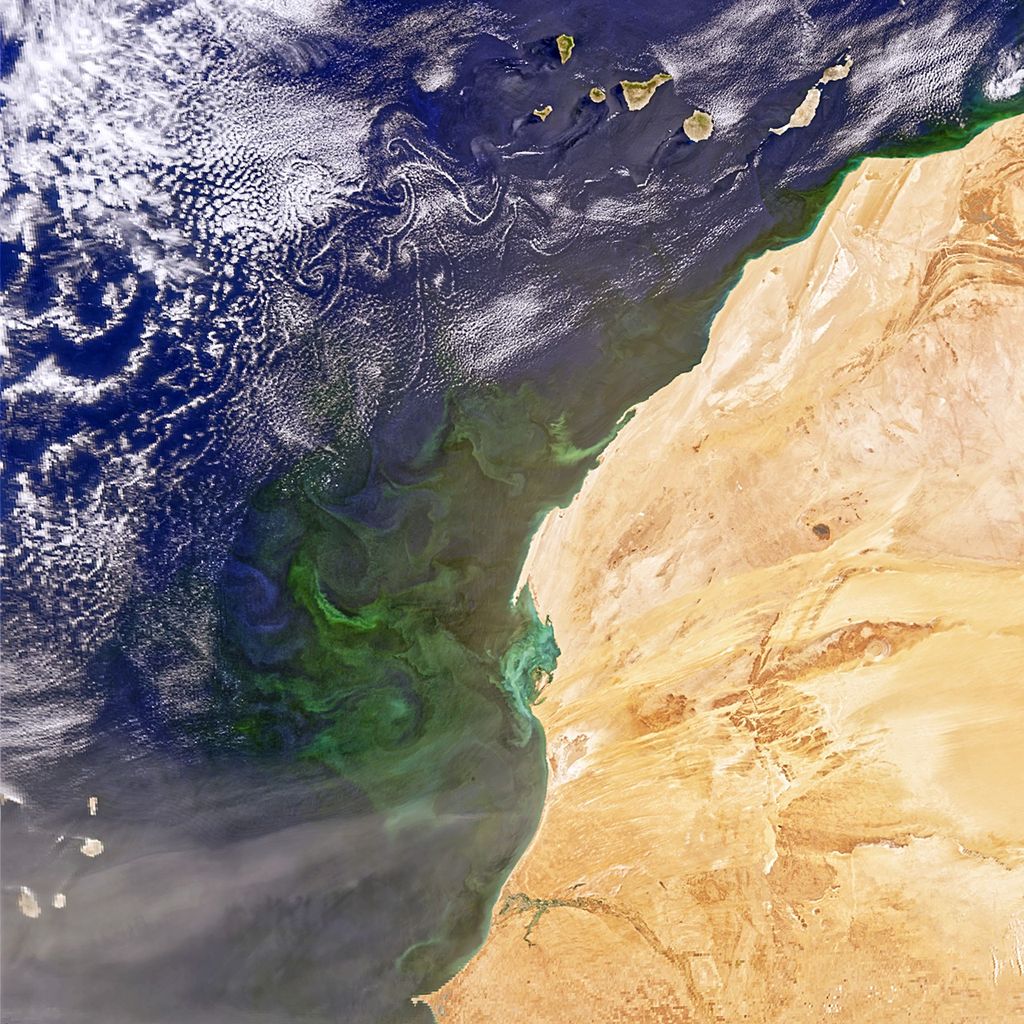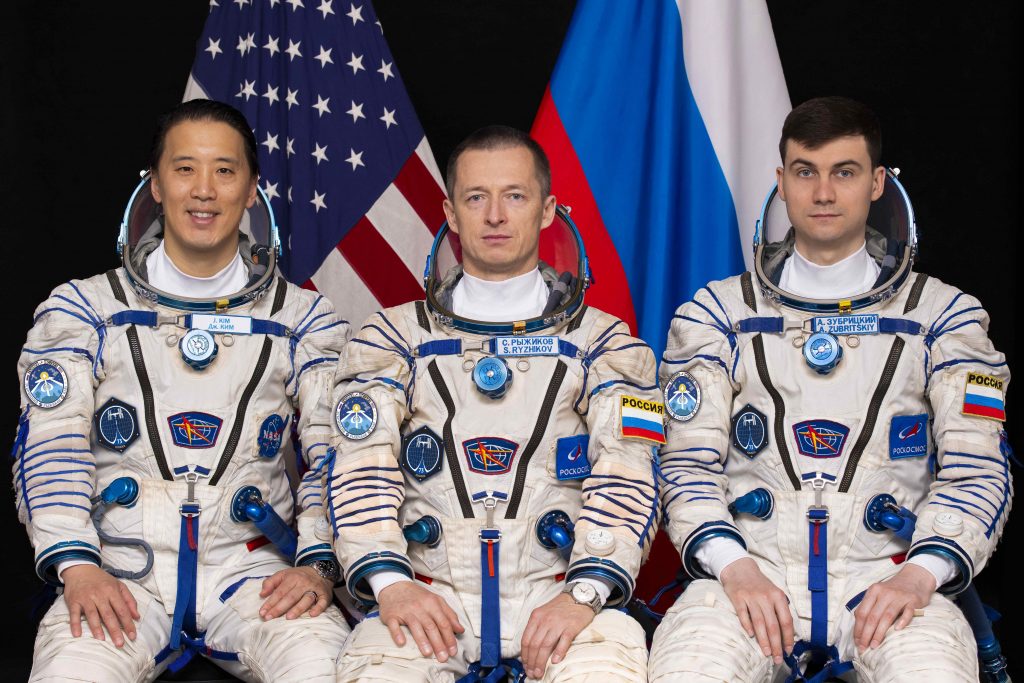In a landmark event for space exploration, NASA astronaut Jonny Kim, along with Russian cosmonauts Sergey Ryzhikov and Alexey Zubritsky, successfully arrived at the International Space Station (ISS) on April 8, 2023, aboard the Soyuz MS-27 spacecraft. This launch marks a significant collaboration between the United States and Russia in advancing scientific research and preparing for future long-duration missions beyond our planet.
Launch Details: A Smooth Ascent from Baikonur
The Soyuz MS-27 lifted off from the Baikonur Cosmodrome in Kazakhstan at 1:47 a.m. EDT (10:47 a.m. local time). As the spacecraft climbed into orbit, it followed a carefully choreographed trajectory that culminated in a flawless docking with the ISS just over three hours later. Mission control in Houston, Texas, monitored the entire flight, ensuring that both astronauts and systems were functioning smoothly.

The docking occurred at approximately 5:03 a.m. EDT, with the hatches between Soyuz and the ISS opening shortly thereafter. This seamless process reflects the decades of experience and collaborative efforts between American and Russian space agencies.
Meet the Crew: Jonny Kim, Sergey Ryzhikov, and Alexey Zubritsky
NASA’s Jonny Kim is not only an accomplished astronaut but also a U.S. Navy lieutenant commander. As a dual-designated naval aviator and flight surgeon, Kim provides a unique perspective on the challenges that astronauts face during long missions. His experience will be crucial as he conducts scientific investigations and technology demonstrations aimed at supporting future missions.
Sergey Ryzhikov and Alexey Zubritsky bring a wealth of experience from their respective careers in the Russian space program. Ryzhikov is on his third flight to the ISS, making him a seasoned veteran among the crew. This is the first spaceflight for Zubritsky, adding to the excitement of the mission as he embarks on his new journey.
The Importance of the International Space Station
The ISS has served as a critical platform for scientific research since its first module was launched in 1998. For over two decades, astronauts from around the world have lived and worked aboard the space station, contributing to advancements in fields such as biology, human physiology, physics, astronomy, and meteorology.
During their approximately eight-month stay, Kim, Ryzhikov, and Zubritsky will join an international crew, including NASA astronauts Nichole Ayers, Anne McClain, and Don Pettit, as well as Japan Aerospace Exploration Agency (JAXA) astronaut Takuya Onishi and Russian cosmonauts Alexey Ovchinin, Ivan Vagner, and Kirill Peskov. This diverse team will work collaboratively to advance scientific research and conduct numerous experiments that can only take place in the microgravity environment of space.
Preparing for Future Missions: Artemis and Beyond
NASA’s current focus extends beyond the ISS, with significant attention being directed toward future missions to the Moon and Mars. The Artemis program aims to return humans to the lunar surface and prepare for eventual crewed missions to Mars, utilizing the insights gained from long-duration ISS missions.
Kim’s work on the ISS will contribute to this goal. Scientific data collected during his time on the station will inform strategies for long-duration space travel, particularly concerning the health and performance of astronauts in space.
Broadcasting the Historic Launch
Nasa offered live coverage of the launch on platforms like NASA+, allowing space enthusiasts worldwide to witness this significant event in real-time. The coverage included not only the launch itself but also the docking procedure and hatch opening, which sparked excitement among viewers and highlighted the continued interest in space exploration.
In addition to launching crew members, NASA’s dedication to shaping a robust low Earth orbit economy underscores the collaborative nature of future missions. By working alongside commercial partners, NASA aims to enhance the services provided in low Earth orbit, making space increasingly accessible for scientific, commercial, and exploration purposes.
Conclusion: A New Chapter in Space Exploration
The arrival of Jonny Kim and his fellow crewmates on the ISS marks not just another chapter in the story of human spaceflight, but a pivotal moment in ongoing international collaboration in space. As the ISS continues to serve as a platform for groundbreaking research, the knowledge gained from these missions will pave the way for humanity’s exploration of the Moon, Mars, and beyond.
In a time when international collaboration is more crucial than ever, the partnership between NASA and Roscosmos showcases the collective effort to push the boundaries of human exploration and scientific understanding.
As the crew embarks on their mission aboard the ISS, the world will undoubtedly be watching, eagerly anticipating the discoveries and advancements that will emerge from this ongoing exploration of our universe.

